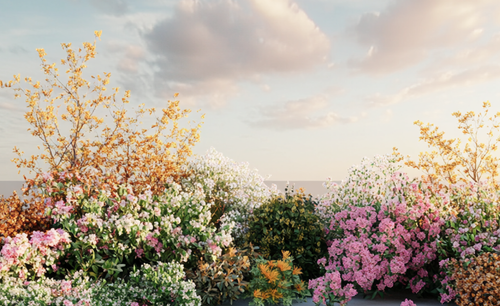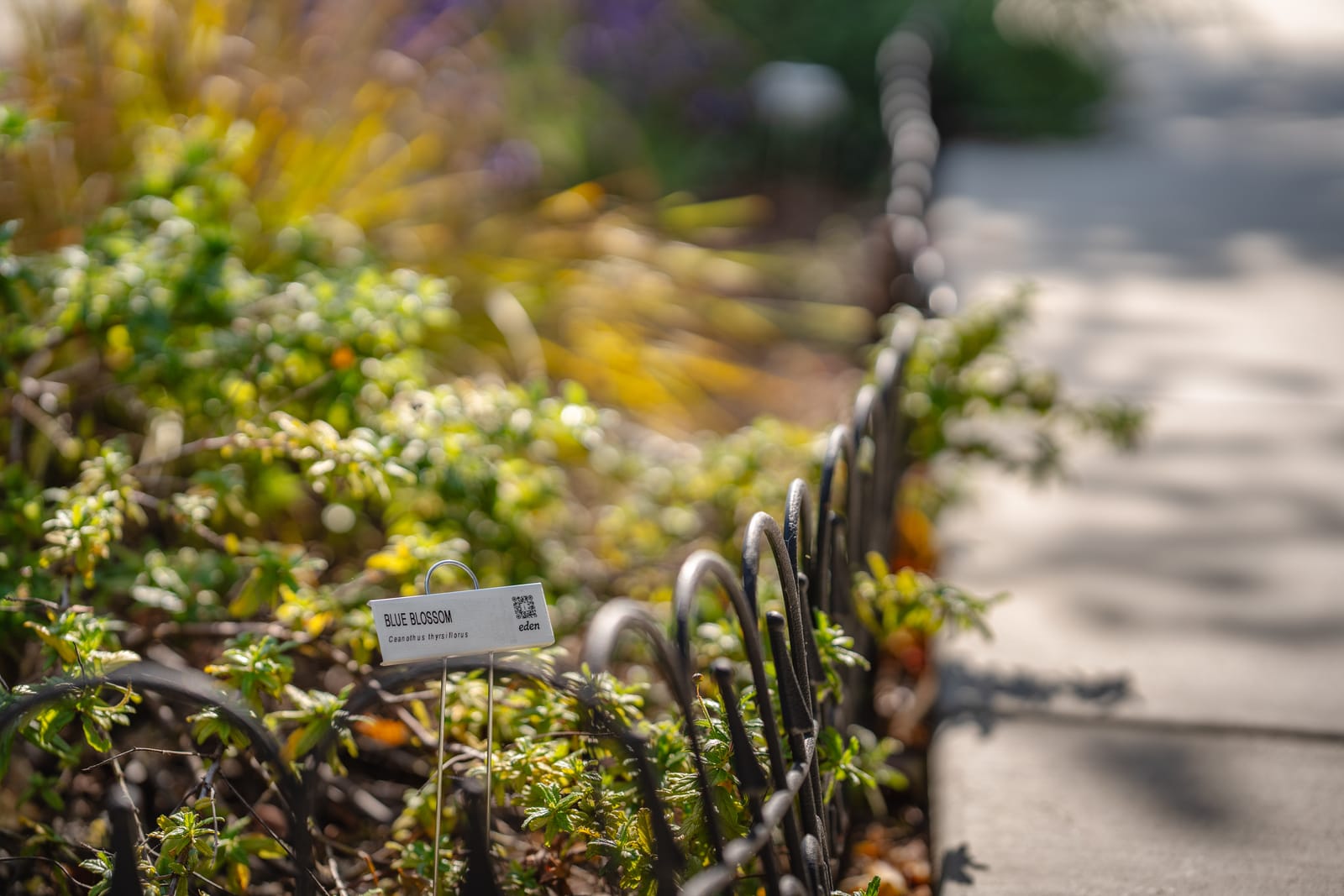The future doesn’t always arrive with a bang. Sometimes, it grows slowly—rooted in soil, watered by culture, and blooming when we least expect it.
We live in a world where phones talk back, algorithms finish our sentences, and robots map Mars while we sleep. But as AI floods every screen in our children's world, I find myself wondering: will they still chase sunlight? Feel cool grass under bare feet? Hear bees buzz and breathe in that electric rain-on-flowers scent?
Now imagine something ancient and futuristic: a garden built by code. Bioluminescent vines lighting whole streets. Flowering micro-parks self-designed overnight. Plants that adapt to their environment—selected by AI, planted by robots, edited by CRISPR. Sidewalks become sanctuaries. City blocks glow like the forests of Avatar.
This is not science fiction. It’s where technology and nature are headed—and economics is already paving the way.
A $200 Billion Industry No One Talks About
Landscaping is a sleeping giant. It now accounts for $200 billion in annual U.S. spending—more than residential HVAC, electrical, and plumbing combined. And that’s just services and retail.
Since 2004, landscaping has added $55 billion in real annual GDP. That’s a 4% inflation-adjusted CAGR, nearly double the economy’s growth rate and a full point faster than any other home service category.
The global professional market? It’s on track to hit $485 billion by 2030, with 6–7% annual growth.
Five Tailwinds Driving the Boom
- The yard became a room. Remote and hybrid work turned patios, pergolas, and gardens into essential living space.
- Nature is status. 83% of millennials say “access to nature” is more important than a home gym or pool.
- Fragmented market. The top 1,000 landscape companies hold less share than the top five HVAC chains. There’s room to consolidate and digitize.
- Climate urgency. Every 1°C rise in urban temperature drives $1.2B in green-infrastructure spend. Trees, reflective hardscape, and living walls are now budget line items.
- Water and carbon economics. Xeriscaping, greywater, and carbon-sequestering plant palettes turn landscaping into infrastructure, not aesthetics.
Technology's Moment
Until recently, landscaping ran on paper schedules, riding mowers, and seasonal labor. But AI is changing the entire stack:
- Generative design. Aerial maps + code = photoreal designs, material take-offs, and permit-ready plans in minutes.
- Autonomous tools. Robot mowers, computer-vision trimmers, and self-balancing wheelbarrows tackle the industry's 40% labor vacancy.
- Real-time data. Predictive routing, soil moisture sensors, crew telemetry—landscapes are becoming live datasets.
A yard is no longer a static cost. It’s a living asset.
Why This Matters
Landscaping sits at the crossroads of three massive trends: decarbonization, urban resilience, and mental health. It touches:
- Water use
- Heat mitigation
- Biodiversity
- Property value
A tree canopy doesn’t just look good—it can drop temperatures by 7°F, reduce stormwater runoff by 25%, and raise resale values by double digits.
And the economics already work: homeowners now spend $616 per household per year on lawn-and-garden, up 64% in real terms since 2005. Cities are investing billions more in heat mitigation and public greening.
The Opportunity
This is a generational business moment:
- Green SaaS. CRM, scheduling, and billing software for landscapers is still wide open. Own the OS, own the industry.
- Autonomous hardware. Robot mowers, pruning drones, and sensor networks could serve millions of lawns and parks.
- Financed retrofits. Water-saving upgrades can be bundled and financed like solar.
- Carbon marketplaces. Native planting projects can generate tradable carbon credits.
This isn’t about hype. It’s about momentum. Landscaping has already outrun the broader economy for 20 years—and it’s accelerating.
Closing Thought
Landscaping won’t stay invisible much longer. The curves are steep, the challenges urgent, the rewards massive.
As temperatures rise, every extra degree will unlock billions in green-infrastructure spend. Inside that delta are companies to be built—and cities to be transformed.
The best time to plant a tree was 20 years ago. The second-best time is now. That’s true for trees—and for the future of the landscape economy.
Start designing the future at edenstudio.ai






